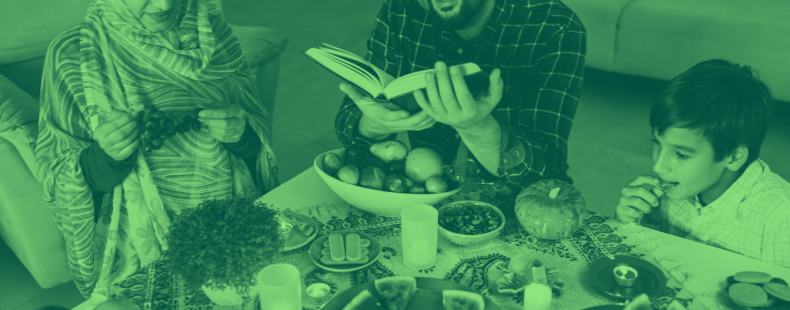What does Ramadan mean?
One of the most important holidays in Islam is Ramadan, a month dedicated to daily fasts from dawn until sunset.
This time period is used as a way to physically and spiritually purify in order to bring the faithful closer to Allah (God). Observant Muslims don’t just refrain from food during the day—practitioners are encouraged to denounce all worldly pleasures, such as smoking, gossip, and even sex between married couples, during the daytime.
Ramadan is the ninth month of the Muslim calendar, and the word itself first made its appearance in the 1590s, deriving from the Turkish and Persian ramazan, which means “the hot month.” This is a reference to the summer. However, because the Islamic calendar is lunar-based, it is about 10 days shorter than the solar calendar. As a result, the dates of Ramadan change from year to year, so it is not always in the summer.
This sacred time is so much more than a fast. Ancient traditional prayers, customs, and even fast-breaking foods make this holy day what it is. We are going to share a few more things to know about holiday, starting with how to wish someone a happy Ramadan:
One common way to wish someone a good Ramadan at the beginning of the holiday is to say Ramadan mubarak. This expression means roughly “have a blessed Ramadan.”
Another common expression of goodwill for the holiday is Ramadan kareem, meaning “have a generous Ramadan.” It is said that this is a reference to the principle of acting generous towards others during Ramadan. However, there is some debate about this expression because it also seems to imply a hope that people will be generous to the listener, which goes against the principle of abstinence during the holiday.

























